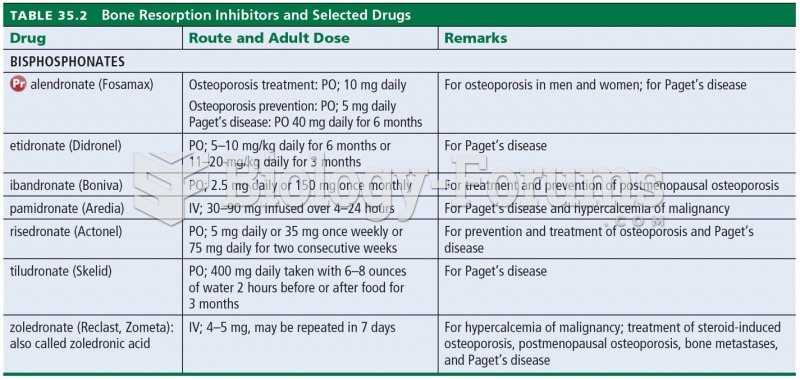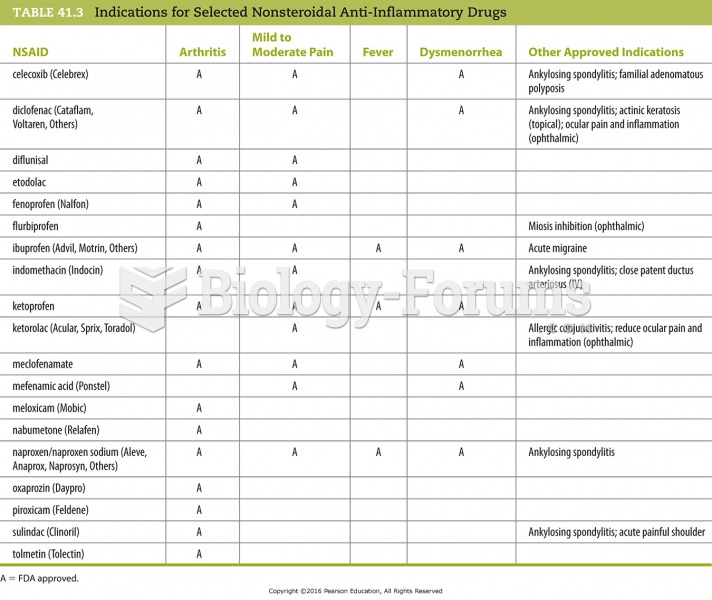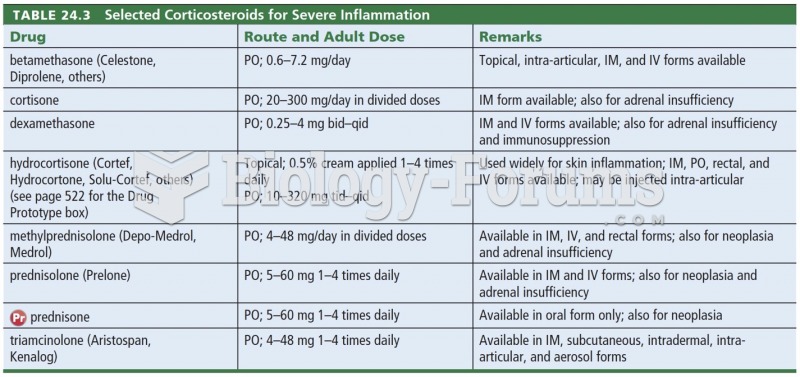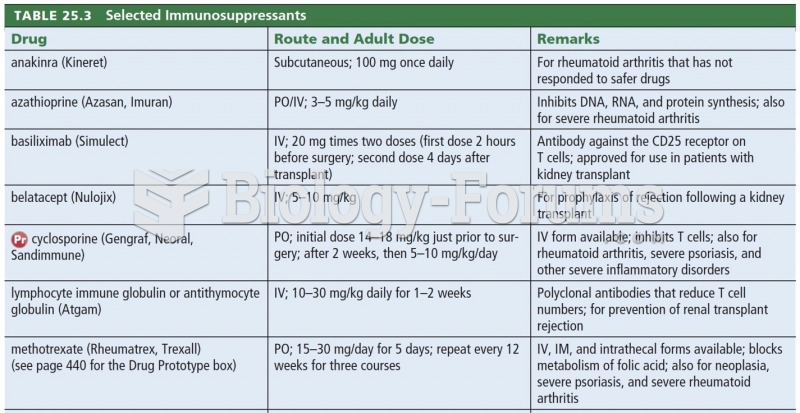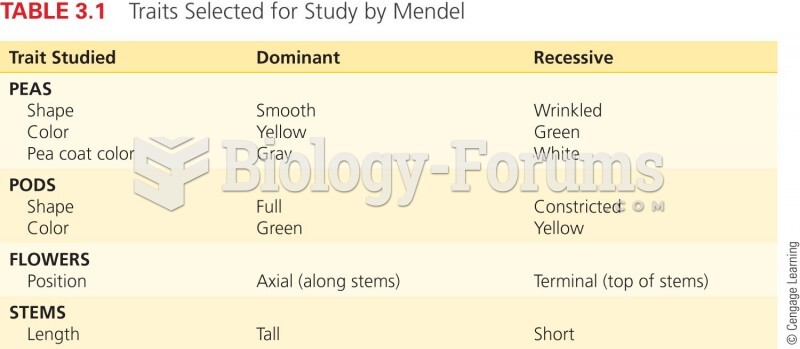|
|
|
Bacteria have flourished on the earth for over three billion years. They were the first life forms on the planet.
Cocaine was isolated in 1860 and first used as a local anesthetic in 1884. Its first clinical use was by Sigmund Freud to wean a patient from morphine addiction. The fictional character Sherlock Holmes was supposed to be addicted to cocaine by injection.
By definition, when a medication is administered intravenously, its bioavailability is 100%.
The average person is easily confused by the terms pharmaceutics and pharmacology, thinking they are one and the same. Whereas pharmaceutics is the science of preparing and dispensing drugs (otherwise known as the science of pharmacy), pharmacology is the study of medications.
More than 30% of American adults, and about 12% of children utilize health care approaches that were developed outside of conventional medicine.



